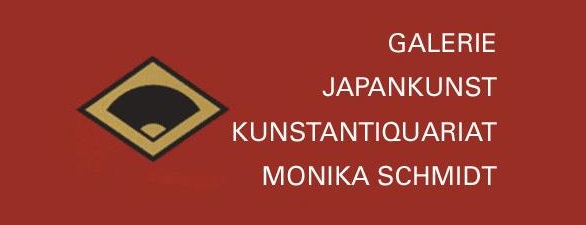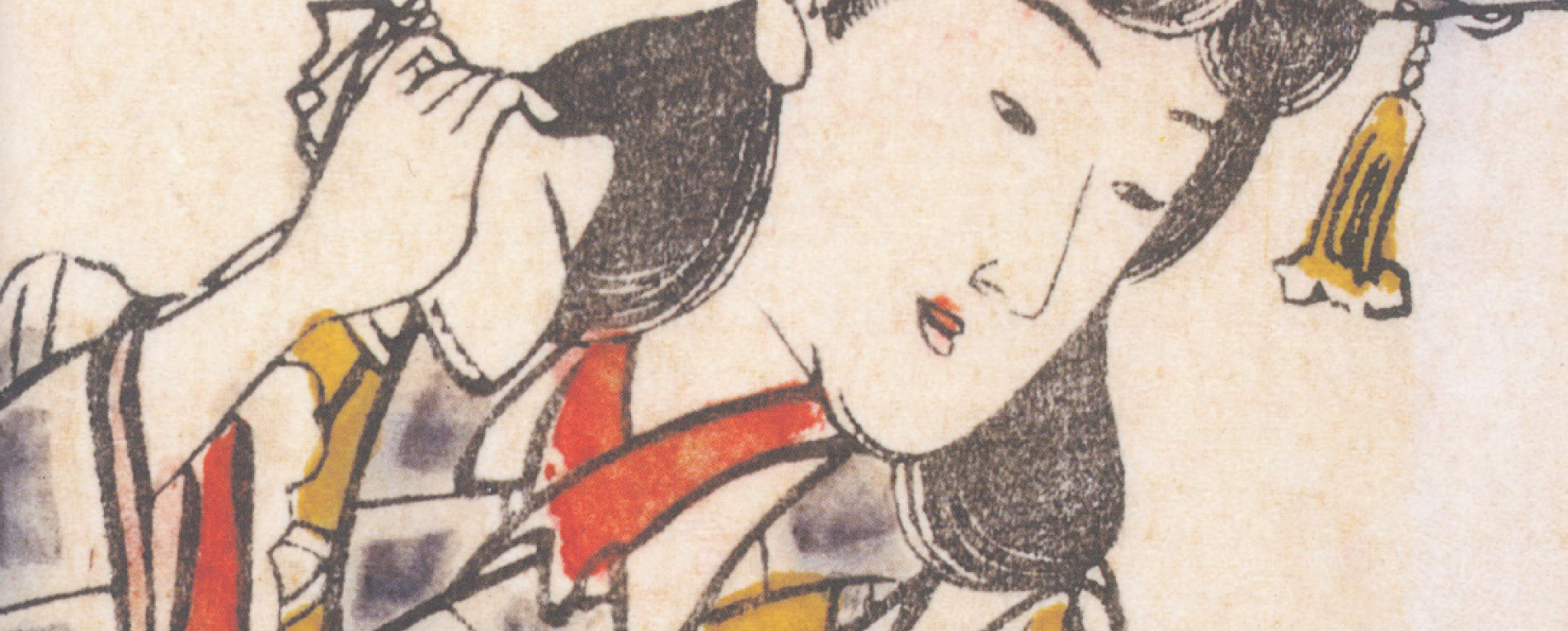EDITORIAL: Andon in a new outfit! Our designer Robert Schaap came up with the idea to change the outlook and format of our bulletin. With this new format, paper is used more efficiently and illustrations will come out much better. At the same time we will provide
more possibilities for our contributors to supplement their articles with illustrations in colour. In a sense, we are prepared for a colourful new millennium. The editorial board welcomes suggestions that might further improve the quality of our bulletin.
In this renewed Andon we have three unrelated topics: Gion Parade stencil prints, Ono no Komachi, and Jack Hillier. Thanks to Peter Uljaki you may learn a bit more about kappazuri-e or stencil prints, so far an empty chapter in ukiyo-e history. He tells us about the research of a retired high school physics teacher, Akifumi Nakade, who fell in love with Kamigata stencil prints. Whenever you come across a stencil print commemorating the yearly fancy parade around the Gion teahouse district, you will look at it with different eyes after reading Peter's article. John Fiorillo his written an article on Ono no Komachi, the Mata Hari of Japan. Ono no Komachi was a poet and renowned for her beauty and passionate nature. John spotlights the transformations of her legendary life by discussing ten mitate-e designed by seven different artists whose work span a period of roughly 85 years. Who better than William Green could have compiled an overview of the impressive literary oeuvre of Jack Hillier, the grand old man of ukiyo-e experts. Jack Hillier had no formal schooling beyond the age of fifteen. But his autodidactic scholarship and lucid style of writing were highly appreciated by scholar and general reader alike. I hope you will enjoy reading these articles.
Afbeelding










